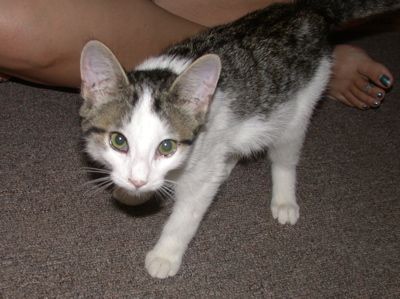The gopher snakes, on the other hand, don’t seem to feel like eating at all. I was concerned that the male may not be eating because he’s stressed out by the presence of the female — they’re housed together — and she’s been known to nip at him every now and then. He’s finickier than she is — it’s a snake male thing — but now neither of them are eating. (Update: She ate eventually.)
My current working theory is that they’ve gone into aestivation. We’ve had them on extra heat because we were concerned about their digestion. They’re from B.C. stock, so they may not be as comfortable with the heat. We’ll see. Inappetance is one of the most common health issues with snakes, and there are about a zillion reasons why a snake won’t eat.
Meanwhile, I just had a quick look in the incubator. Little Guy’s eggs have collapsed a bit — at least the ones I can see — and there’s mould growing in there. A sign that at least some of the eggs are no good. Only one of Ruby’s four eggs looks good — it also looks huge. No change on Lilith’s eggs: two white eggs, a little dry and dimpled but reasonably good nonetheless, and one smaller egg going greyish-brown.
Not a fecund year by any stretch, but that was expected.
